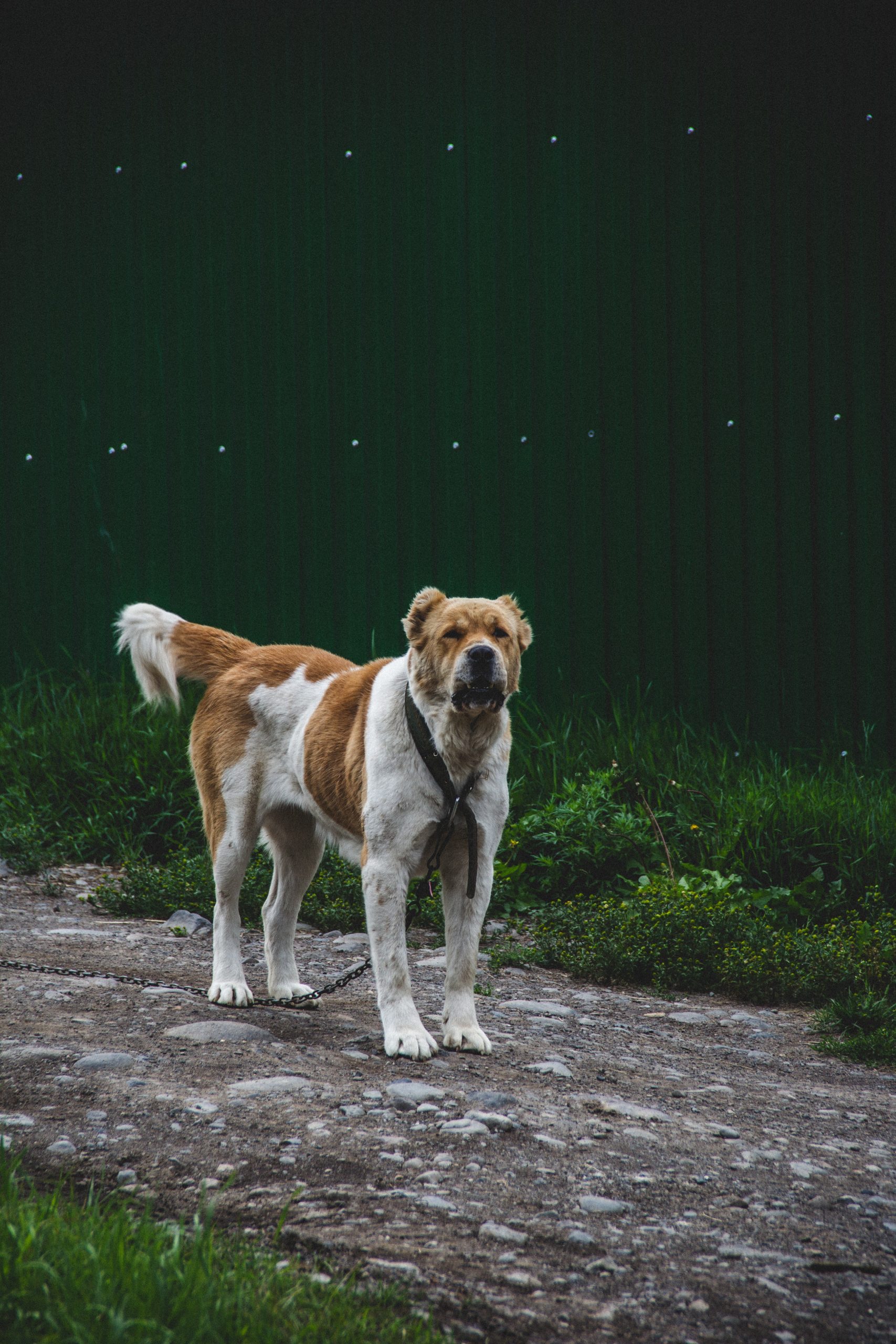According to artifacts discovered in native areas, the Central Asian Shepherd canines are thought to be the oldest group of canines known to exist today, dating back more than 5,000 years. They are not man-made or the product of a single individual or nation, unlike the majority of breeds in existence today. They were shaped by the environment and culture of a primitive period that is now long gone. Depending on the environment, from the mountains of Mongolia to the deserts of the Kara Kum, you will discover many breed varieties in CASDs. Their timeline can be discovered by researching the history of the old Silk Road. Their history is intertwined with that of human civilization.
You must comprehend a time when surviving one day against harsh environments and predators was necessary to comprehend their past.
Currently, nomadic nomads guard their family and their traditional mode of transportation, whether it be camels or horses, with the help of a pedigree group of dogs. These dogs have recently been incorrectly labeled as traditional Livestock Guardian dogs. They were developed as territorial guardians to protect people and their property. They seek out human interaction, forming bonds with them first and the flock second, and they protect anything placed in what they perceive to be their domain.
The history of breed types and the creation of new ones is split. The former USSR is credited with standardizing the breed in the 1920s, but thanks to the recent creation of a new Russian standard years after USSR rule in their native countries came to an end, the breed now goes by the name Central Asian Ovcharka in Russia. This new form has allowed them to be separated from other native kinds found in the original Central Asian countries. Russian-bred dogs nowadays are distinct from the original breed in terms of size, coloring, and temperament.




 Health
Health Grooming
Grooming Exercise
Exercise Training
Training Nutrition
Nutrition